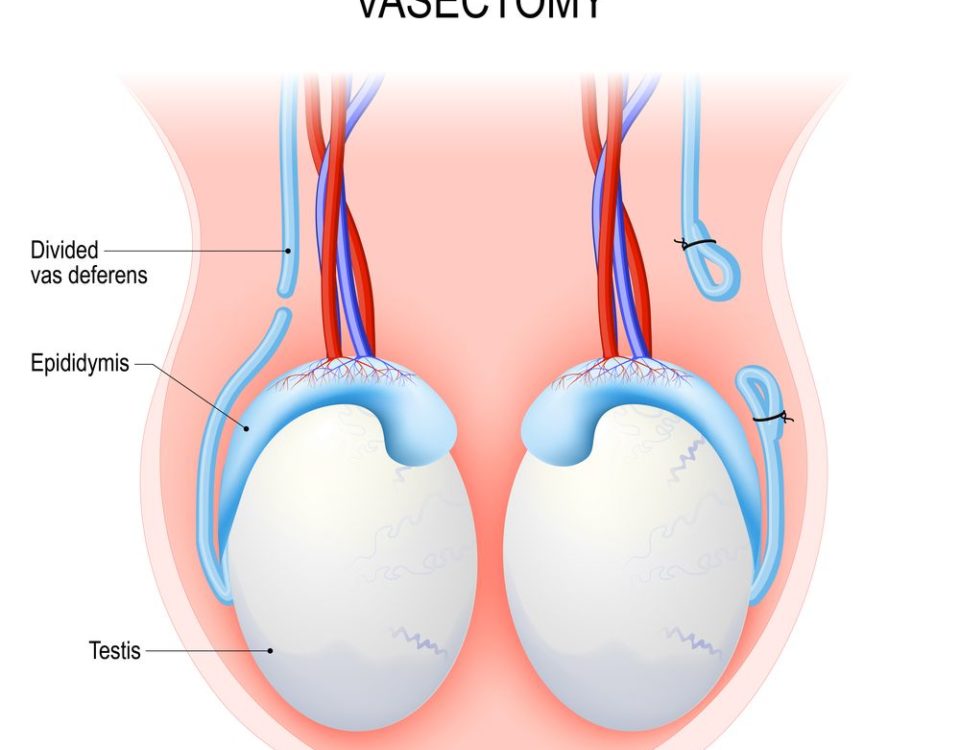The hormonal spiral, popularly known as a contraceptive method, is actually a type of spiral used only to reduce bleeding in women with excessive bleeding. The spiral, which is 2-3 centimeters long and made of metal or plastic material, can be inserted into the uterus, preventing sperm from reaching the egg and preventing fertilization. The spiral, which has a T-shaped structure, also disrupts the intrauterine tissue in the event of a possible fertilization and does not allow the egg to settle in the uterus. A hormonal spiral is a type of spiral that performs the same function but has a reservoir containing the hormone progesterone.
What is a hormonal spiral? How does it work?
 Hormonal spiral devices (IUDs), a type of intrauterine contraception, are made of soft but strong plastics. In the hormonal spiral, available in brands such as Mirena, Skyla and Liletta, the hormone progesterone is slowly released into the body every day. The hormone progesterone reduces ovulation, thickens the cervical mucus, making it difficult for sperm to enter the uterus, and helps prevent sperm from sticking to the uterus.
Hormonal spiral devices (IUDs), a type of intrauterine contraception, are made of soft but strong plastics. In the hormonal spiral, available in brands such as Mirena, Skyla and Liletta, the hormone progesterone is slowly released into the body every day. The hormone progesterone reduces ovulation, thickens the cervical mucus, making it difficult for sperm to enter the uterus, and helps prevent sperm from sticking to the uterus.
Due to the progesterone contained in the hormonal spiral, it is used to reduce bleeding in women with excessive menstrual bleeding. It shows its bleeding-reducing effect after 3 to 6 months. In some women, it can even stop bleeding completely. In such a case, there is no need to worry and it is good to know that the hormonal spiral can have side effects.
After insertion of a hormonal spiral, the contraceptive effect usually takes 7 days. During the first 7 days, using one of the backup contraceptive methods will help prevent a possible pregnancy.
What are the Advantages of a Hormonal Spiral?
- The most important advantage of the hormonal spiral is that it does not enter the systematic circulation. Since the effect of the spiral is limited to the uterus, there are no negative effects on the liver, kidneys and other organs.
- Hormonal spirals have an extremely high contraceptive effect.
- In some women, the use of a hormonal spiral reduces menstrual cramps, and in some cases the spiral can even eliminate them completely.
- Again, some women may have more menstrual bleeding than normal. This leads to iron deficiency. Inserting a hormonal spiral can prevent this type of discomfort by helping to bring bleeding closer to normal.
- The hormonal spiral has a contraceptive effect for an average of 5 years after insertion. However, it is still recommended to replace the hormonal spiral 3 years after insertion.
What are the Side Effects of Hormonal Spiral?
The hormonal spiral is one of the birth control methods with the fewest side effects. It does not have many known side effects other than reducing or stopping menstrual bleeding.



